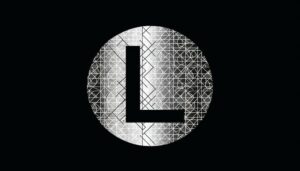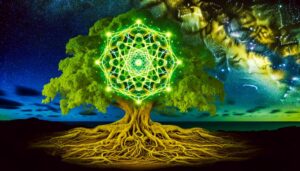Decoding the Meaning of the Cross and Infinity Symbol
The cross with an infinity symbol intricately combines historical, religious, and philosophical elements. Originating from ancient Egyptian and Celtic iconography, it signifies eternal life and cyclical continuity.
In Christianity, it represents Christ's timeless love and salvation, while in Hinduism and Buddhism, it underscores the cyclical nature of existence. Philosophically, it merges the cross's themes of suffering and redemption with the infinity loop, prompting deep introspection.
Modern interpretations view it as a symbol of unending love and personal growth, blending spiritual ideals with eternal resilience. Further exploration reveals how this nuanced symbol transcends cultural boundaries, enriching its timeless appeal.
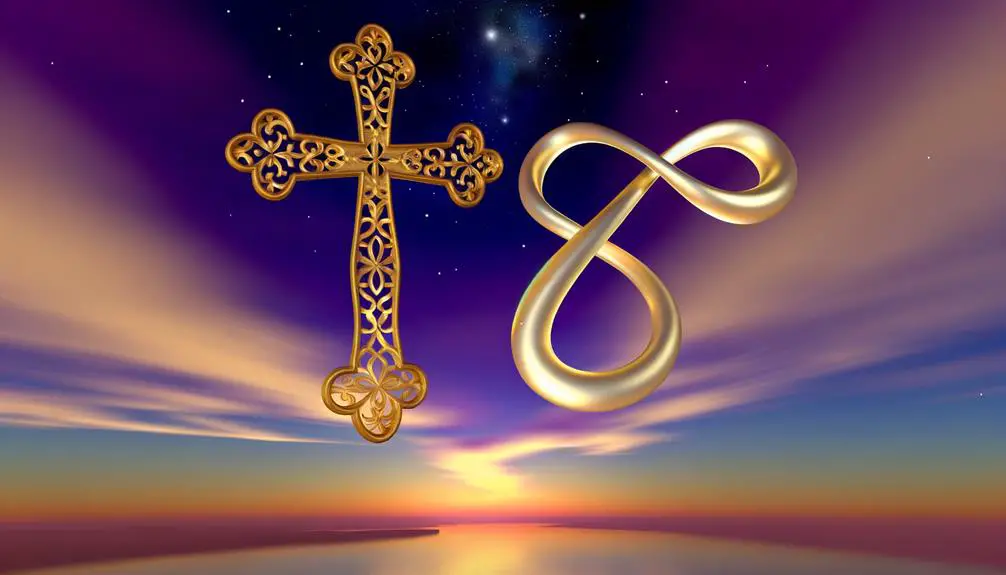
Key Takeaways
- The infinity cross symbolizes eternal life, unity, and boundless continuity.
- In Christianity, it represents Christ's eternal love and salvation.
- It reflects the cyclical nature of existence and rebirth in Hinduism and Buddhism.
- The symbol signifies overcoming adversity with unwavering faith and personal growth.
- It embodies spiritual interconnectedness and perpetual renewal across various cultures.
Historical Origins
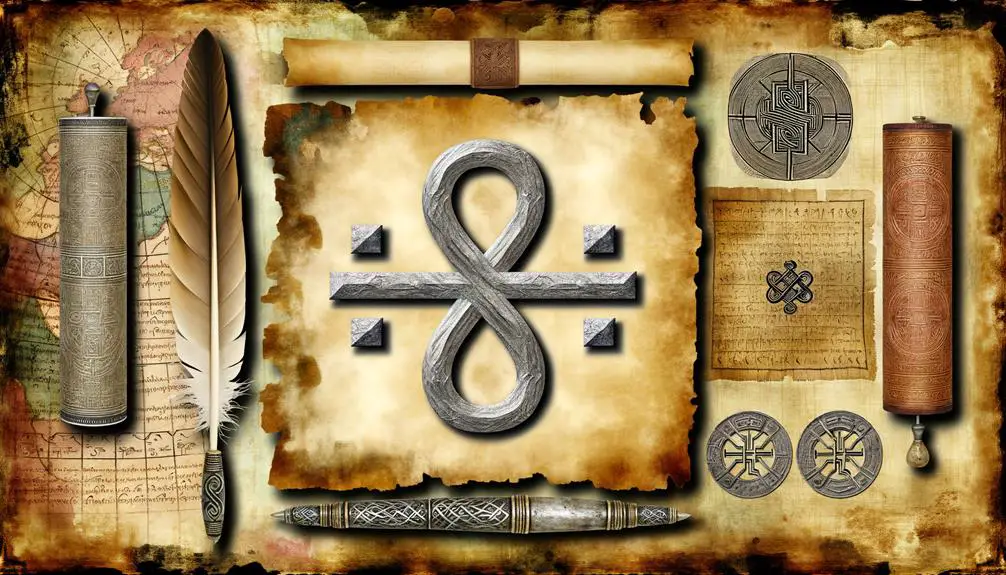
The cross with an infinity symbol, often referred to as the 'infinity cross,' finds its historical origins in ancient spiritual and religious practices. It emerged as a potent emblem of eternal life and cyclical continuity. Tracing back to early civilizations, the symbol amalgamates two powerful elements: the cross, representing intersection and unity, and the infinity loop, signifying boundlessness and perpetuity.
Its roots can be linked to ancient Egyptian and Celtic iconography, where similar motifs were utilized to convey the endless nature of existence and spiritual interconnectedness. Such symbols were not merely decorative but encoded profound philosophical and metaphysical insights, reflecting humanity's quest to understand the infinite dimensions of life and the universe. This fusion encapsulates a timeless archetype of perpetual renewal.
Religious Significance
Rooted in its historical origins, the religious significance of the infinity cross extends across various faiths. It symbolizes themes of eternal life, divine continuity, and the unending nature of the soul.
In Christianity, the infinity cross represents Christ's eternal love and sacrifice, offering believers a visual affirmation of everlasting salvation.
Similarly, within Hinduism and Buddhism, the concept of infinity is closely linked to the cyclical nature of existence and rebirth. The infinity cross serves as a reminder of the soul's perpetual journey.
This powerful symbol encapsulates a universal notion of transcendence, bridging temporal boundaries and forging a connection between the earthly and the divine.
Philosophical Interpretations
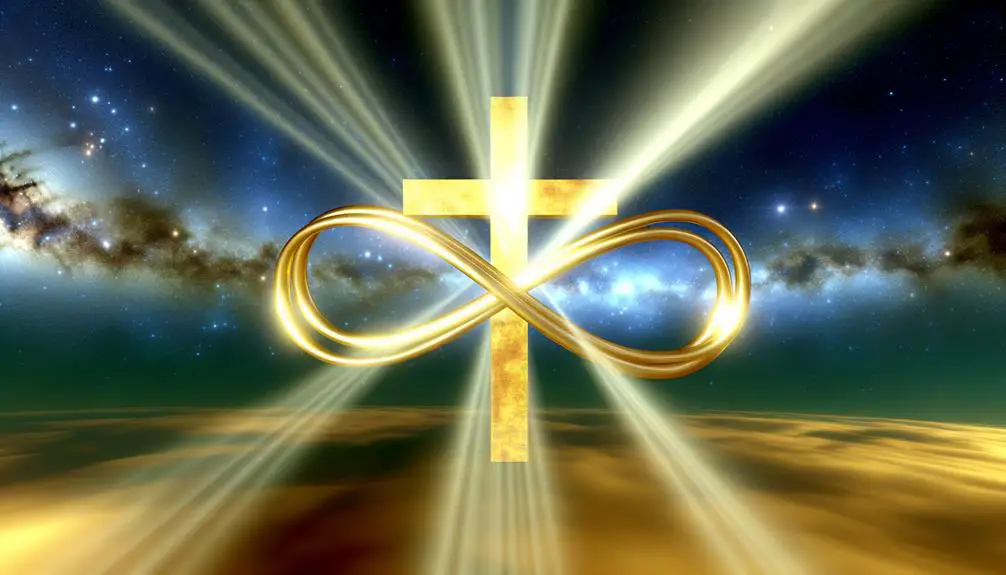
Philosophically, the infinity cross serves as a profound emblem of the human quest for understanding the infinite nature of existence and the mysteries beyond mortal comprehension. Historically, philosophers have grappled with the concept of infinity, which figures prominently in metaphysical discourses and existential inquiries.
The cross, a symbol of suffering and redemption, merges with the infinity loop to suggest an eternal cycle of life, death, and rebirth. This confluence invites introspection into the eternal aspects of the human soul and the universe. Interpretatively, it challenges individuals to ponder their place in an unending continuum, urging a deeper exploration of self-awareness and the boundless dimensions of time and space.
This symbol encapsulates a blend of metaphysical reflection and existential curiosity.
Modern Symbolism
In contemporary contexts, the infinity cross has evolved into a versatile symbol that encapsulates diverse interpretations ranging from eternal love to personal growth and resilience. The convergence of the cross and infinity symbol reflects an amalgamation of spiritual and philosophical ideals. Historically, the cross signifies faith and redemption, while the infinity symbol denotes boundlessness and continuity.
Modern symbolism merges these elements, portraying a continuum of faith, love, and inner strength. It serves as a powerful emblem for individuals seeking to convey perpetual devotion or an unending journey towards self-improvement. This dual symbolism is particularly resonant in personal narratives, where it stands for overcoming adversity with unwavering faith and tenacity, transforming into a meaningful representation of enduring human spirit.
Cultural Variations
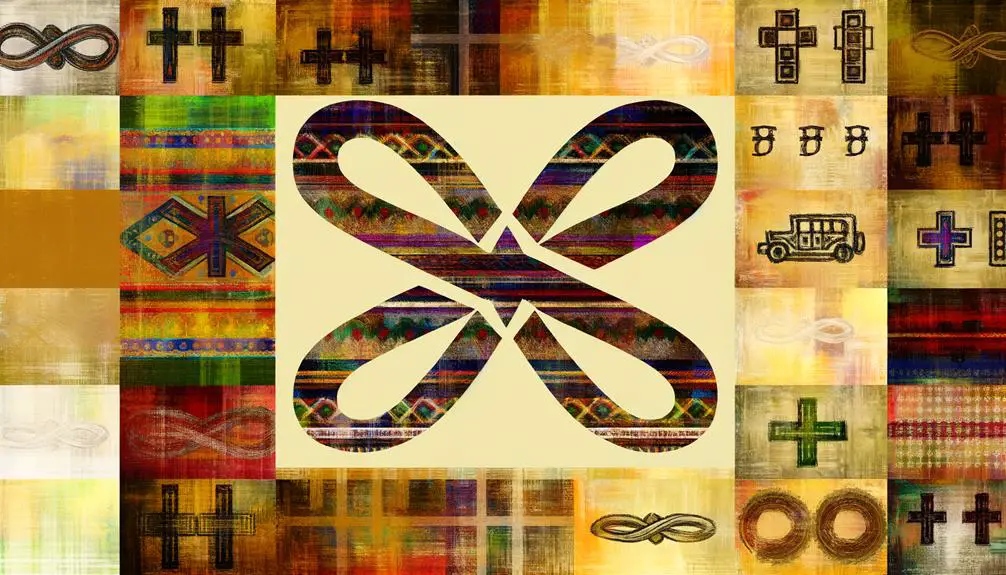
Exploring the cultural variations of the infinity cross reveals a rich tapestry of interpretations, each influenced by unique historical, spiritual, and philosophical contexts.
In Celtic traditions, the infinity cross symbolizes eternal spiritual growth and interconnectedness, often integrated into intricate knot patterns representing life's cyclical nature.
In Hinduism, it parallels the concept of Samsara, the endless cycle of life, death, and rebirth, emphasizing the soul's journey towards enlightenment.
Meanwhile, in modern Western contexts, the symbol often merges Christian themes of resurrection and eternal life with the infinity sign's notion of boundlessness.
These diverse cultural lenses offer profound insights into how the infinity cross embodies both continuity and transcendence, reflecting humanity's enduring quest for meaning and unity across different belief systems.
Conclusion
The cross with an infinity symbol, like a timeless river flowing through the landscape of human consciousness, melds historical origins, religious significance, philosophical interpretations, modern symbolism, and cultural variations into a singular, profound emblem.
This convergence reflects an enduring quest for meaning, transcending temporal and spatial boundaries, and echoing the universal human experience. Such a symbol, rich in layered significance, continues to be a focal point for contemplation across diverse cultural and spiritual contexts.

